It Just Dawned on Me…
Quinnipiac Dawnland Museum, Guilford (Google Maps location)
September 2012 & October 2024
I revisited the Dawnland Collection in 2024 as it is now part of the Dudley Farm Museum complex. Update at bottom. I still consider it Connecticut museum visit #238.
2012
At the time of my visit to this little one-man-show museum, it was a standalone operation that just happened to be located on the grounds of another museum – The Dudley Farm Museum.

Regardless, I’m treating this as a wholly separate entity because it was a wholly separate entity in 2012 – so much so that it was open and the Farm Museum was not.
The man who put this whole thing together was Gordon “Fox Running” Brainerd. My man was spry and full of excited information during my visit. (There is a large farmer’s market that has been operating at the Dudley Farm forever, so the Dawnland Collection gets a goodly amount of wanderers from the market. So it’s cool that there were other visitors during my visit. This is still the case in 2024.)

The Quinnipiac people, of course, ruled south Connecticut and beyond for thousands of years. I found the Wikipedia entry pretty informative. The derivation/etymology of “Quinnipiac” is quite interesting.
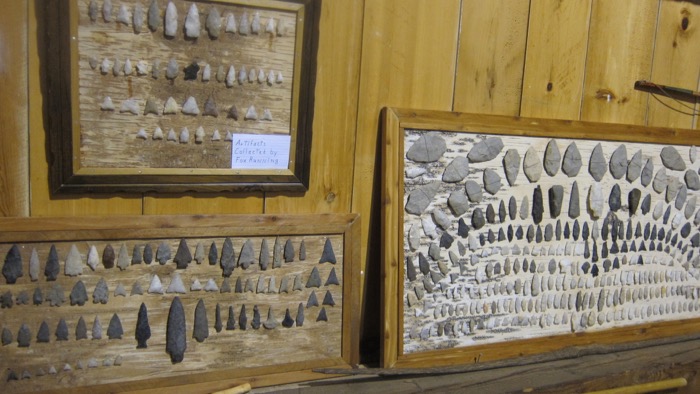
The place name “Quinnipiac” derives from regional variations of Quinni/pe/okke which is similar to Quinneh/tukq/ut. The first indicates “long-water-land” and the second indicates “at the long water estuary” which are two locations of the Renapi bands. One linguist theorizes that the name “Quinnipiac” means “turning point” (i.e., where we change our route), however, there is no historical or cultural evidence to support this assumption. Evidence does exist, however, to indicate that the original “long-water-land” related to the entire shoreline along Long Island Sound. Bands of the Long Water Land Renapi were situated in Eastern New York, Northern New Jersey, and Connecticut, where their summer camps were on the shores and along the estuaries that ran into the Sound. In Pre-Columbian times, after the glaciers melted, there was a freshwater lake waterfall 100 miles long. Legend has it that this was the derivation of the term “Long-Water-Land.” Archaeological evidence of the ancient camps lie throughout the region. Quinnipiac River runs almost the width (top to bottom) of the state and the Connecticut (originally spelled Quinnehtukqut) River runs from the Sound all the way to the border between New Hampshire and Quebec, Canada.
Hold on. “In Pre-Columbian times, after the glaciers melted, there was a freshwater lake waterfall 100 miles long.” What? Where was this? That sounds pretty awesome.

As the Quinnipiac lived in this region forever, they left behind a bunch of stone tools and other artifacts for us to find in the 21st century. And that brings us to the Dawnland Museum.
(Dawnland comes from the Algonquian language and refers to the whole Algonquin area from far eastern coastal Canada down through Connecticut.)

The little museum is upstairs in a barn at the Dudley complex. Everything here, I believe, comes from this geographic area – Guilford, Madison, and Branford. I suppose with 10,000 years of living here, one doesn’t need a large area to find museum stuff.

I spoke with “Fox Running” – why do we put that name in quotes? Is that just his name? Or should I just go with Brainerd? Google, help me out:
Gordon Brainerd is his Christian name, but to the Bear Clan of the Quinnipiac Tribal Council of the Algonquian Confederacy, he is Fox-Running, medicine chief. Fox-Running was given his name because of his penchant for “running around, talking to people” about this area’s indigenous Native American culture, he says.

But the Googles also took me here, where his name is “Running-Fox.” So I guess I’ll stick to Brainerd.
Be he Running Fox or Fox Running or Brainerd, he is a passionate and proud man. This museum is basically his attic; his personal project to highlight and memorialize Quinnipiac culture and artifacts.

Fox Running Brainerd Running Fox
There are a lot of stone tools and projectile points on display, but also lots of art and folklore items. Brainerd’s displays do their best to tell the story of the native people and how they were herded, moved, murdered, scattered and/or assimilated. Many Quinnipiac descendants live up in Nova Scotia, but who knows how many don’t even know of their true heritage?
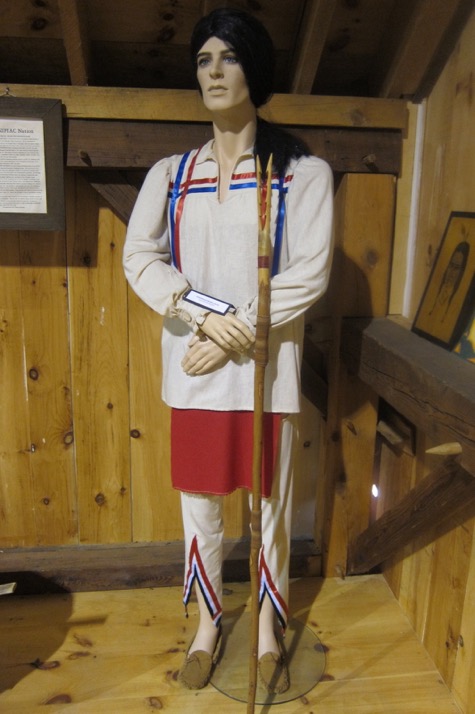
Onandagon Regalia with frog spear… said the sign
Weirdly, Brainerd isn’t even sure. But neither he (nor I) care, because what he’s done in this small attic museum at another museum complex is important and interesting. Brainerd is getting up there in years and as I often wonder, I hope there is a succession plan in place here.

Although I guess its placement was always part of that plan. It is protected and separate at the Dudley Farm. Hm. Will it be assimilated, or disappeared down the road.
Hey, wait a minute. The metaphor is too real. I’m going to keep my eye on this place and fight to keep it alive forever.
2024
Welp, here we are, twelve years later. Gordon Fox Running Brainerd has passed away in 2021, but I’m pleased to tell you that yes, there was a succession plan in place. The Quinnipiac Dawnland Museum not only still exists, it now has its own standalone new building and the exhibits have been professionally curated. Brainerd’s legacy has been preserved.
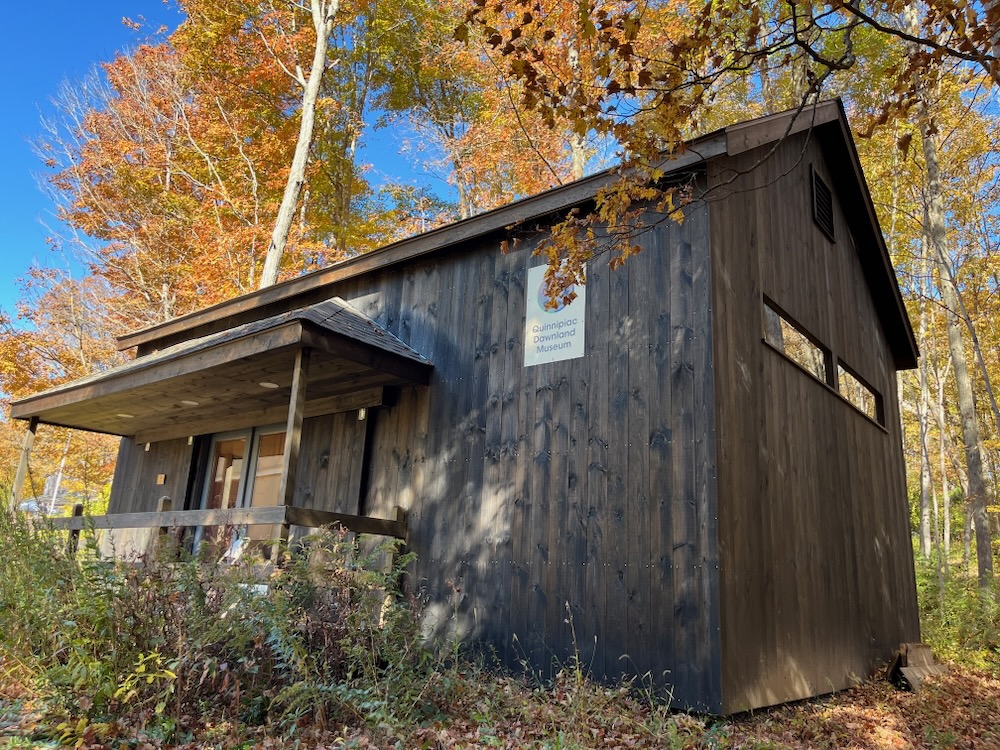
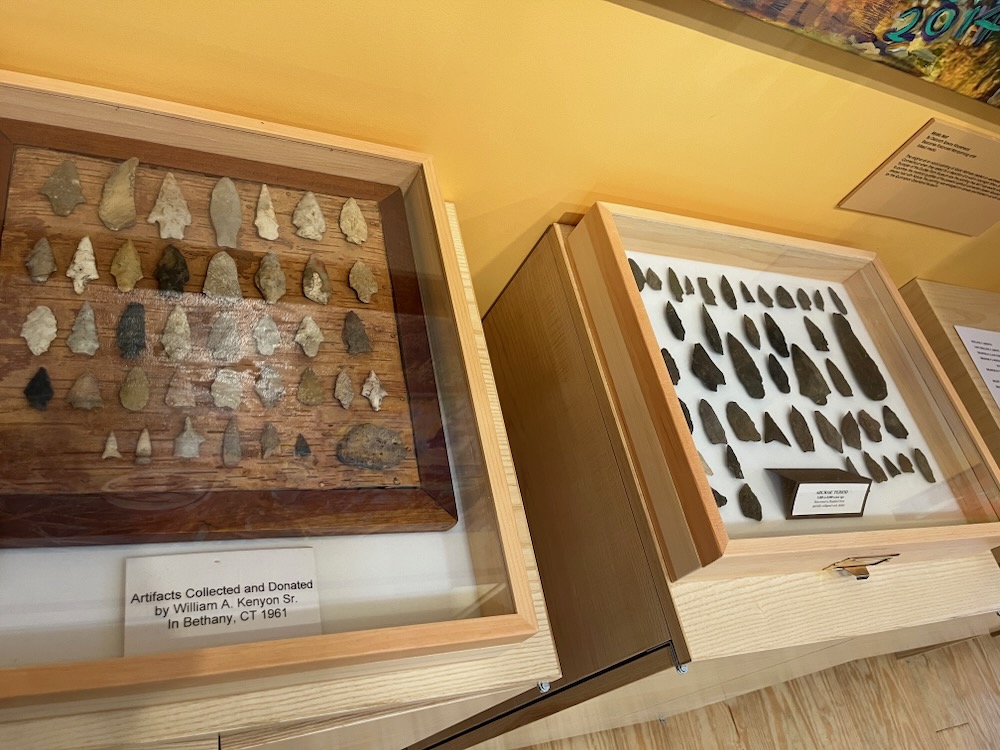
Damian and I came to Guilford to visit the Dudley Farm Museum and complex and found ourselves amidst another farmer’s market and Fall Festival of some sort. Not ideal with my son in tow, but I was here and I was going to go for it. (In the end, Damian handled the crowds fine and we had no issues. Well, other than his total and complete disinterest in the Quinnipiac Dawnland Museum.)
The new building is just another part of the large complex of Dudley Farm buildings. It is one room, but very well thought-out. In fact, even the paint scheme tells part of the Native American story: The first part is bright yellow, where artifacts and signage tells the story of the Quinnipiac before Europeans arrived. Their tools, their traditions, and their land. As the story moves forward in time, into the 17th, 18th, and 19th centuries, the walls turn a dark gray, symbolizing the dark, dark days that descended upon and decimated our Native populations.
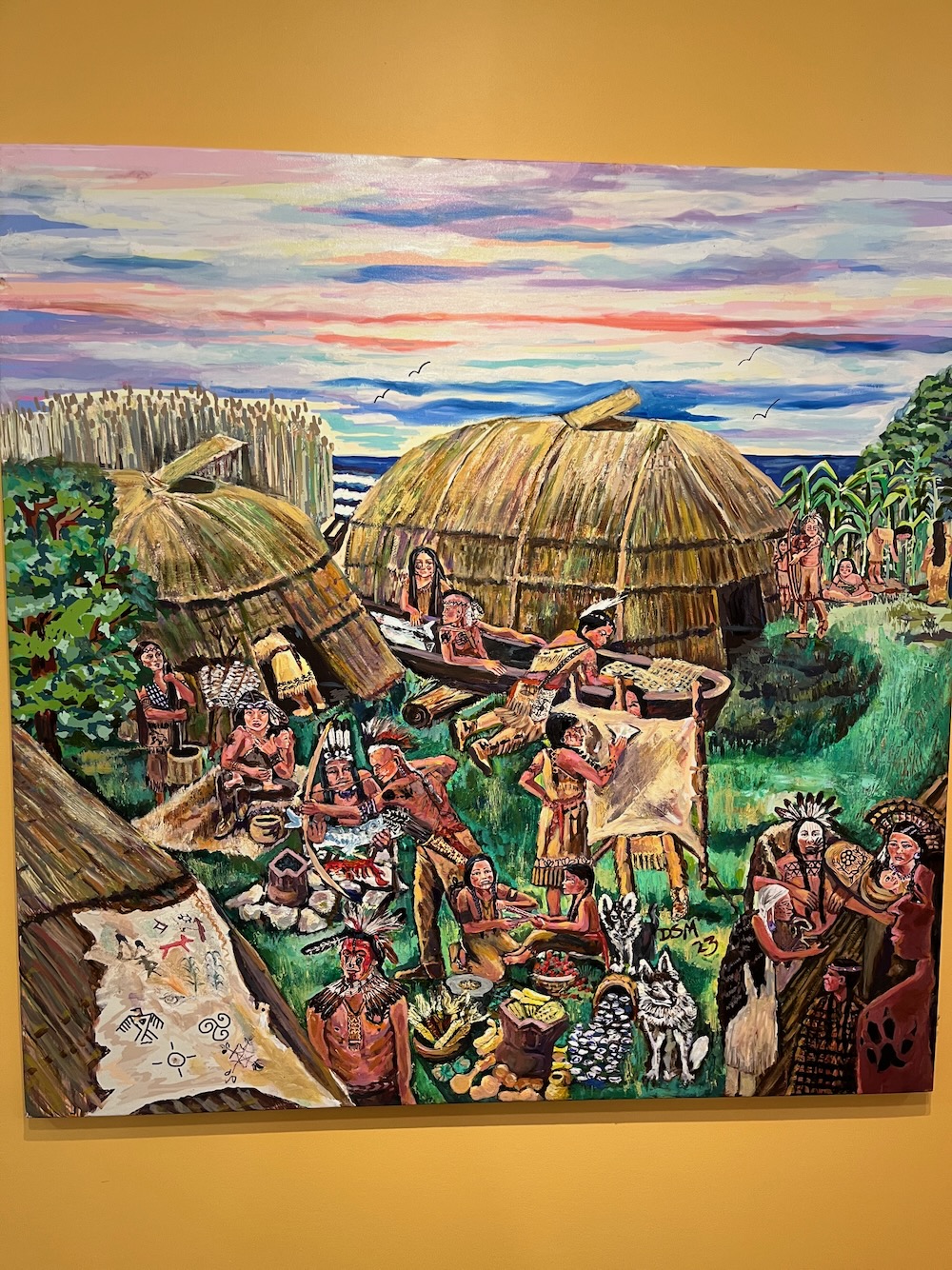
Quinnipiac Village, Deborah Spears Moorehead
Signage explains what happened to the local Quinnipiac as well as other native peoples. The introductory sign, written by Trude Lamb-Richmond, a Schaghticoke Elder in 1994, sums it up very nicely:
Historical silences have largely contributed to the invisibility of the indigenous people of southern New England. Local histories have reduced our existence to a few short paragraphs in their writings. We are often discussed in the past tense and seldom in the present. But we have endured and survived despite being fragmented, factionalized, Christianized, and Americanized. Our tenacity, our resilience, our stubbornness, and our beliefs enable us to continue and work toward rebuilding who we are: the indigenous people of this land.
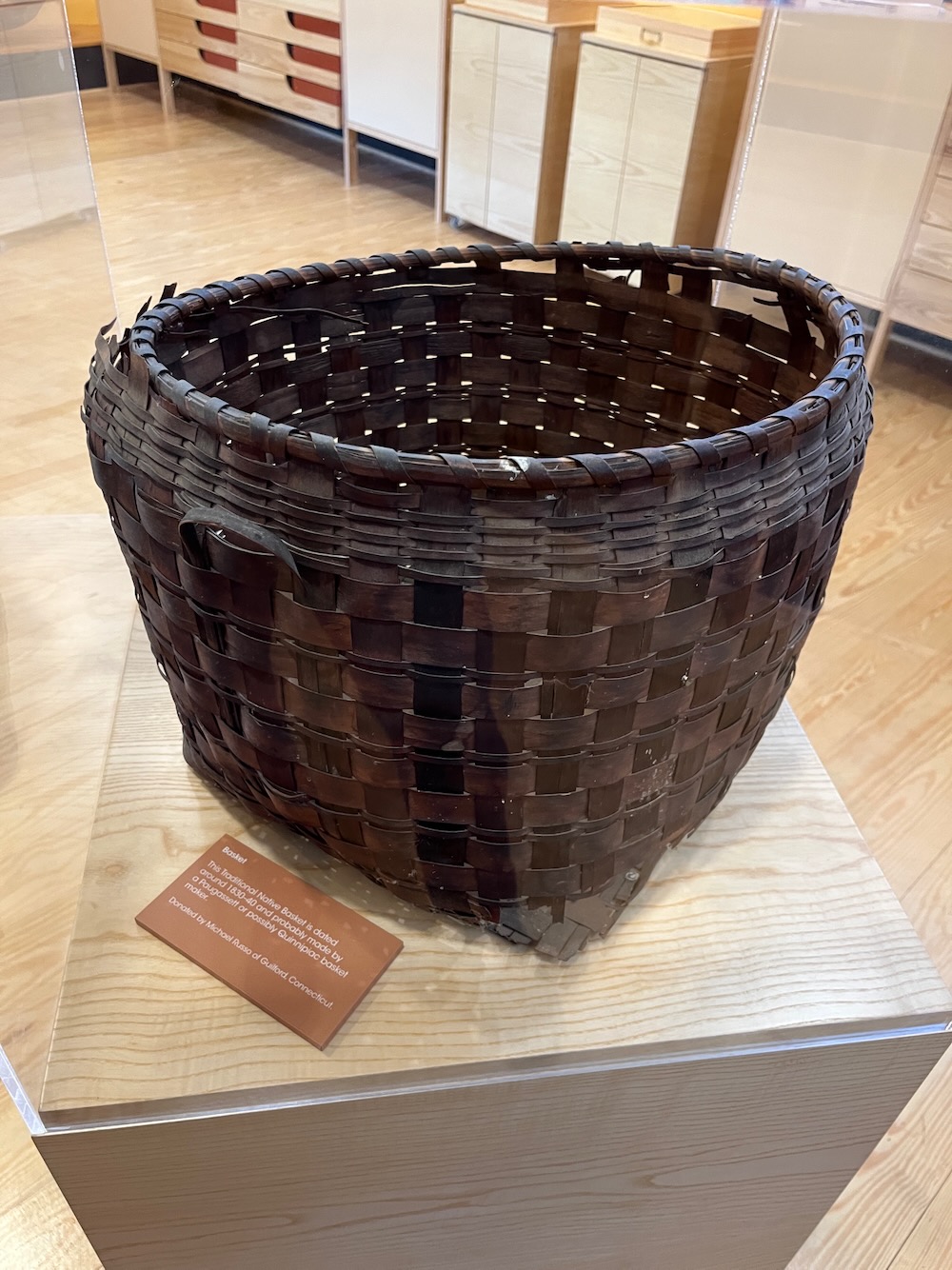
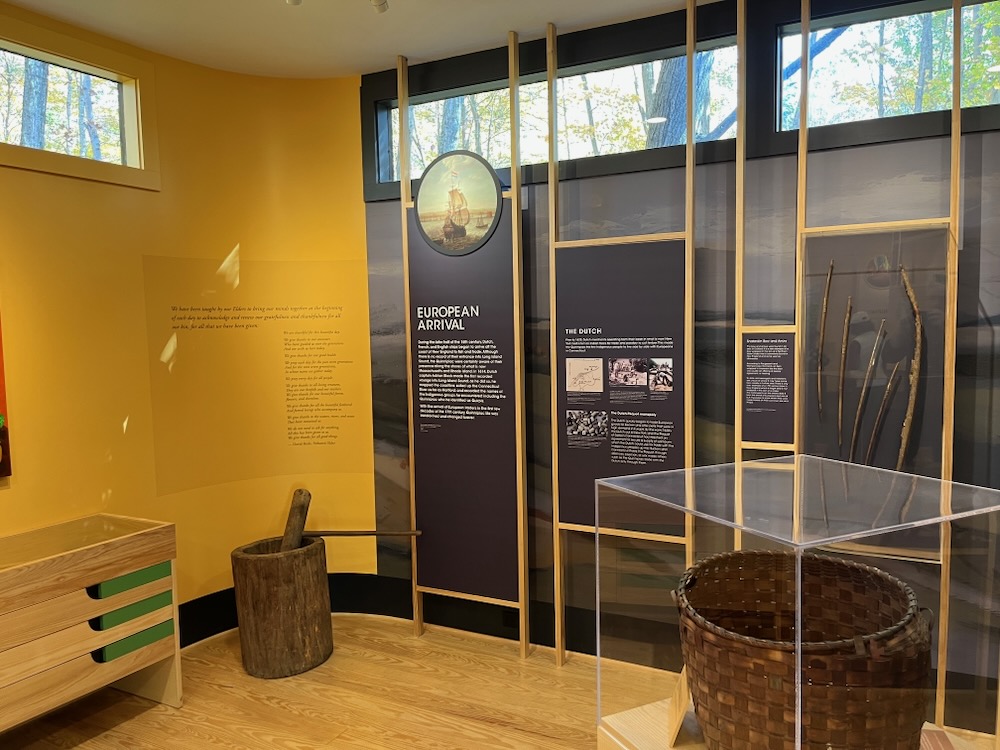

Interesting that since 1994, the Schaghticokes have been fighting a losing battle for federal recognition.
It was great to see a lot of the original artifacts now displayed in high-quality museum boxes. And for the story of the Quinnipiac to be told so well through permanent signage. This is exactly what Running Fox wanted and its exactly what he got.
Today, the Dawnland Collection adds a great little addition to the Dudley Farm complex. It just dawned on me… you should go there.
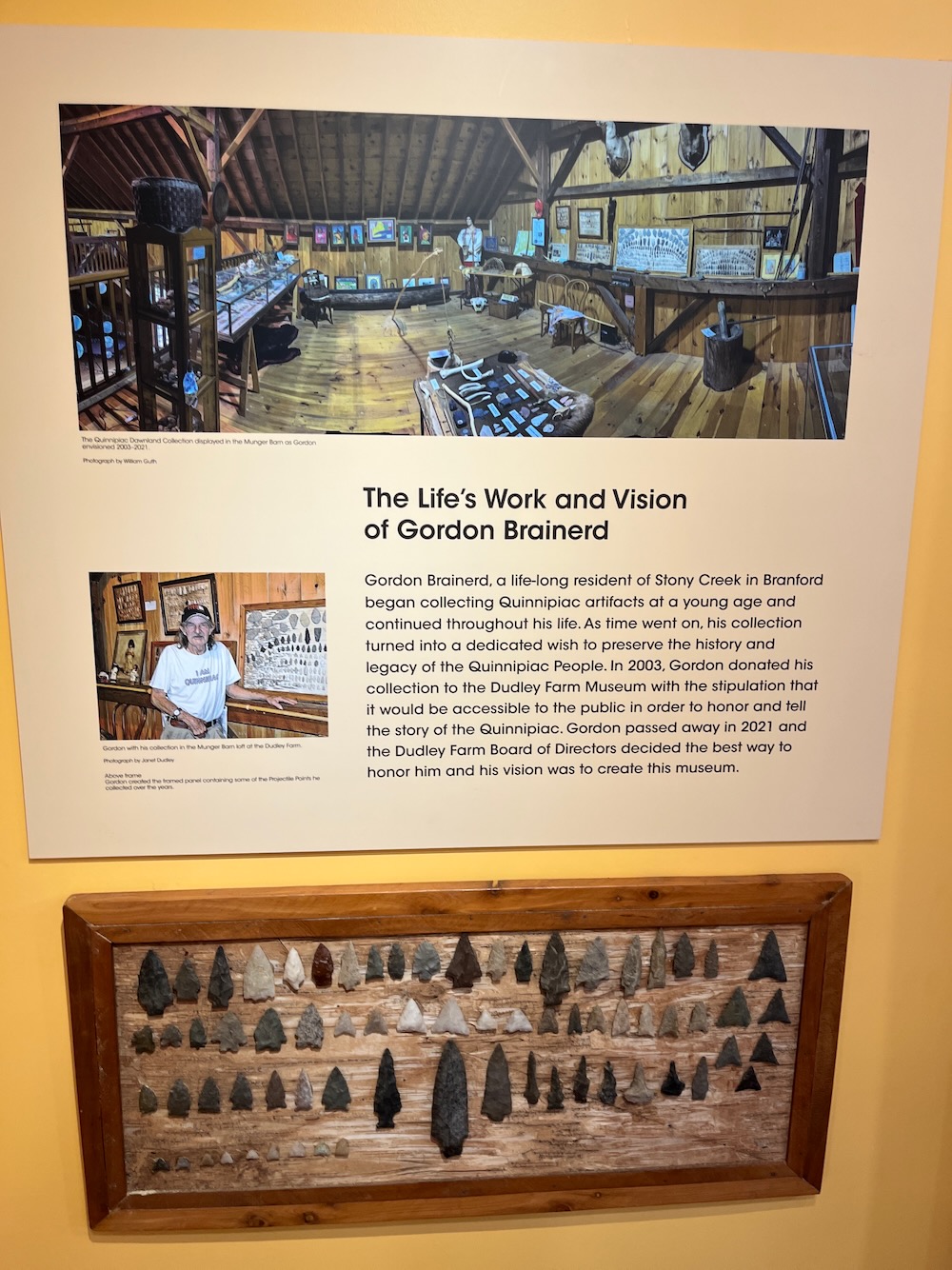
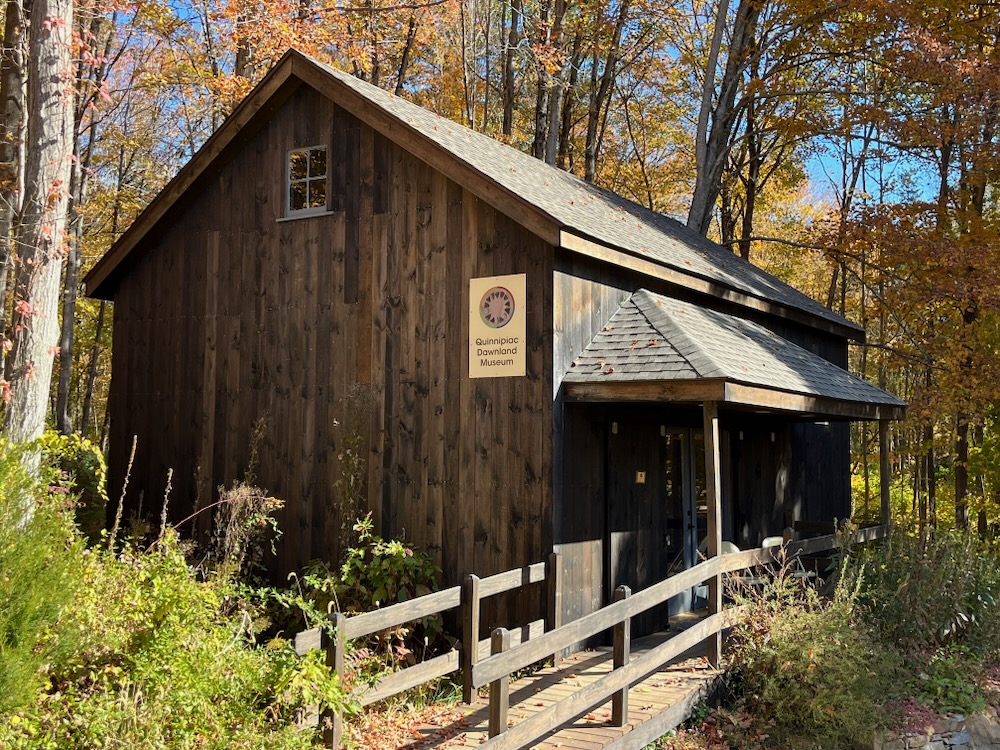
![]()
The Quinnipiac Dawnland Museum
CTMQ’s Visit to the Dudley Farm Museum
CTMQ’s Museum Visits

Leave a Reply